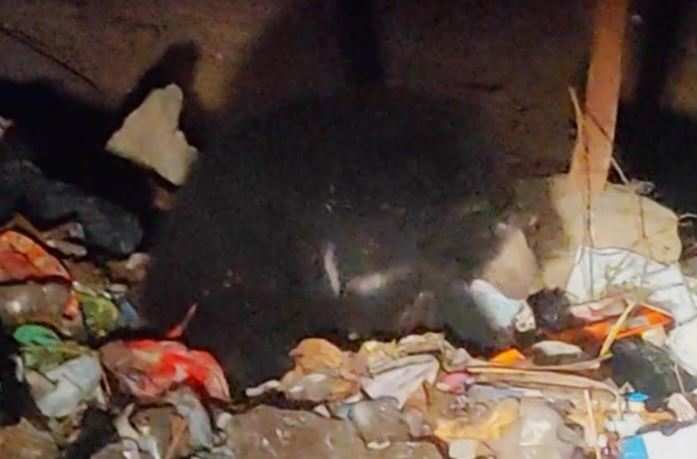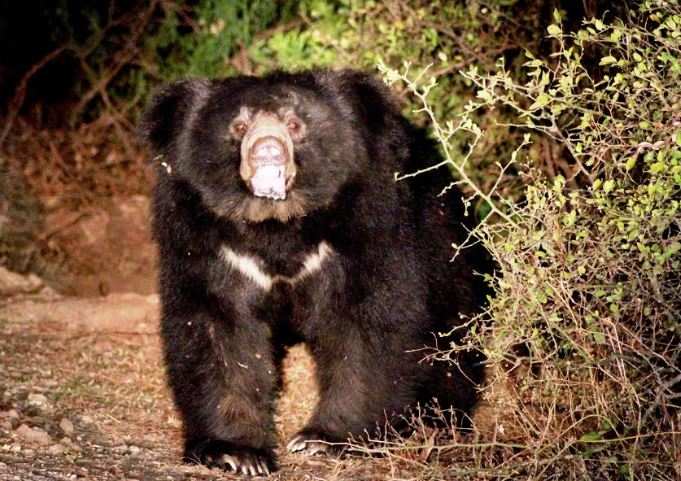Sloth Bears in Mt Abu - why these shy wild beasts have taken to visiting human dominated areas
Oryx – The International Journal of Conservation from Cambridge University has recently published an interesting paper by researchers from Mohanlal Sukhadia University, Udaipur. This paper reveals interesting arguments and inference on the behavior of the Sloth Bear, which is found in the jungles of the Aravallis near Udaipur.
What is the Research about
Researchers Utkarsh Prajapati, Assistant Professor Vijay Kumar Kohli and Nature Conservation Foundation Scientist K.S. Gopi Sundar from Mohanlal Sukhadia University studied the movement of the Sloth Bear in the jungles of Mt Abu, near Udaipur. These Bears, living in dense forests were observed a number of times in the populated regions of Mt Abu.

Astonishing behavior of the Sloth Bear
The researchers took upon this task of studying the change in behavior of these otherwise shy wild beasts – what made them move from the depth of the jungle, where there was enough food anyways, to the regions populated by human beings. The study observed that Mt Abu is the only city in the country where Bears leave the safety of the forest and venture to human dominated areas. They are largely seen at night, and around garbage bins, where waste food is in plenty.
This study, based on observation and conversation with nearby villagers concluded that the Sloth Bear comes in search of this waste food, which consists primarily of sweets. The aroma of waste food has initiated this movement that began over 5 years ago in this region. What propagated this behavior as per Utkarsh, is the ample supply of such waste food, that is littered on the roads as well as the garbage bins outside the hotels and restaurants in this most frequented tourist spot in the state. He added that proper waste disposal and management will ensure that the frequency of this habitual movement of Bears will reduce and with time diminish significantly.

Women and Children are most susceptible to Bear attacks
Balaji Kari, Deputy Forest Conservator of Forests Department, said that the incidence of Bears appearing in the city have increased in the last five years. However, incidence of attacks on humans, largely women and children has increased in the last two years. The Bears, however, attack only when suddenly approached, otherwise they simply eat the food and disappear back to the confines of the forest. Bears are often seen to be more aggressive if they are confronted with women or if women are accompanied by children. Villagers in the region have said that the Bears are attracted by the aroma and have become habitual in accessing the waste and leftover food lying on the road or in these garbage bins across town. This leftover consists mainly of sweets.

Sloth Bear is an endangered species
Environmental Scientist K.S. Gopi Sundar says that the Sloth Bear is an endangered species and the frequent movement of this wild beast to populated areas might result in the arrest of their growth. Absence of proper food in the forest is also said to be one of the reasons for this behavior.
The research began in December 2018, and after a period of five months, was submitted to Cambridge University. After peer – review assessment and subsequent structuring and polishing, the paper was published in Cambridge University Press’ Oryx, which is an International Journal on Conservation.To join us on Facebook Click Here and Subscribe to UdaipurTimes Broadcast channels on GoogleNews | Telegram | Signal



